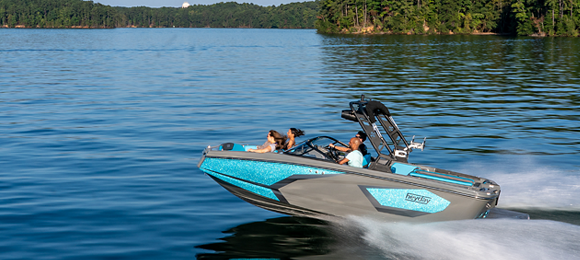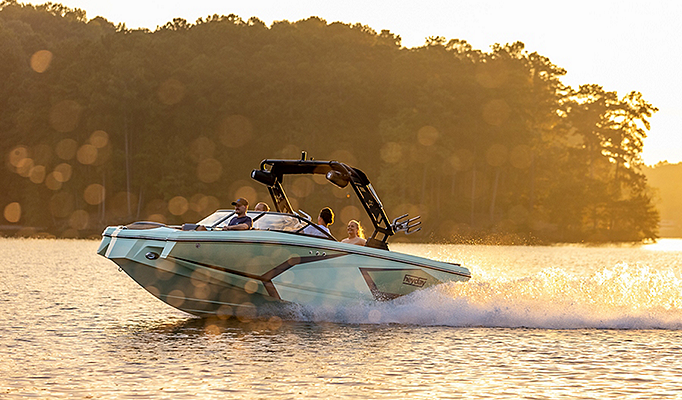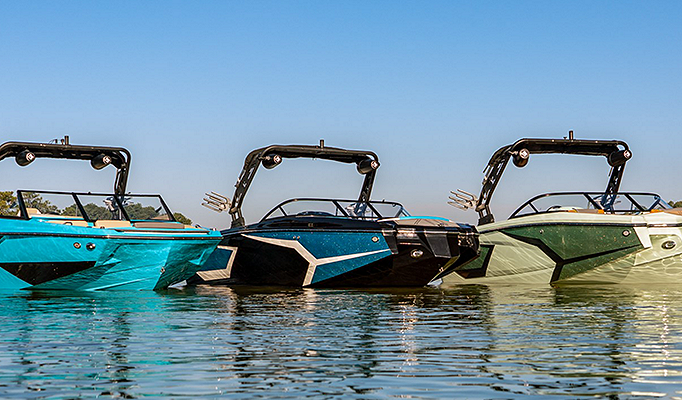Every boat has several speeds where the sound level dies down, vibrations lessen and the motor seems to hum along with little strain. Fortunately, the best cruising speed for a tow boat usually coincides with its peak fuel economy, which will not only make you more comfortable on board but also at the fuel pump.
Measuring the variables
For Heyday owners with boats powered by MerCruiser 6.2L engines, calculating mpg is easy with a tool called Mercury VesselView Mobile. It taps into the engine’s computer and provides a wealth of information such as fuel economy in addition to monitoring all aspects of engine performance and more that can be displayed via Bluetooth on a smartphone or a Mercury SmartCraft compatible gauge or multifunction display. Owners of Heydays powered by Crusader Challenger 5.7L or 6.0L engines can monitor fuel flow on the optional Glass Dash display.
To measure sound levels, there are free apps like Decibel X that turn a smartphone into a decibel meter. While we can all feel vibration, a decidedly low-tech method for getting visual confirmation is a cup filled with water. Just look at the surface and note the rpm when the ripples on top diminish.
Finding your boat’s magic number
Boaters spend a lot of time at idle, whether due to traveling in no-wake zones or relaxing on sunset cruises. While many might assume the slower speed the better to get the best fuel economy when boating, often the best low-speed cruising speed is a little faster. Most tow boat engines have the idle speed set at around 600 rpm but this also usually translates into a slow speed, which lessens mpg.
The best running speed for your boat nearly always comes at the slowest speed where it is comfortably on plane, which also helps take the strain off the engine by lessening drag from the hull. During a 2020 boat test of a Heyday H22 conducted by Boating Magazine, the best speed for fuel economy was at 19.9 mph. At this speed, the decibel level at the helm was 85 dB-A, which was lower than when the boat was going 7.8 mph despite more wind noise.

Can faster be better?
There are times — like when the water gets choppy — that going faster will be a happier speed for your boat. In that same Boating test, the boat’s running angle was measured at 6 degrees when running at 19.9 mph. By bumping the speed up to 25 mph, the running angle dropped in half to 3 degrees, which will reduce the waves’ slapping on the bottom of the hull and use the sharper, forward part of the hull to slice rather than pound through the waves.
The trick to finding your boat’s happy speeds is to measure, observe and experiment.



